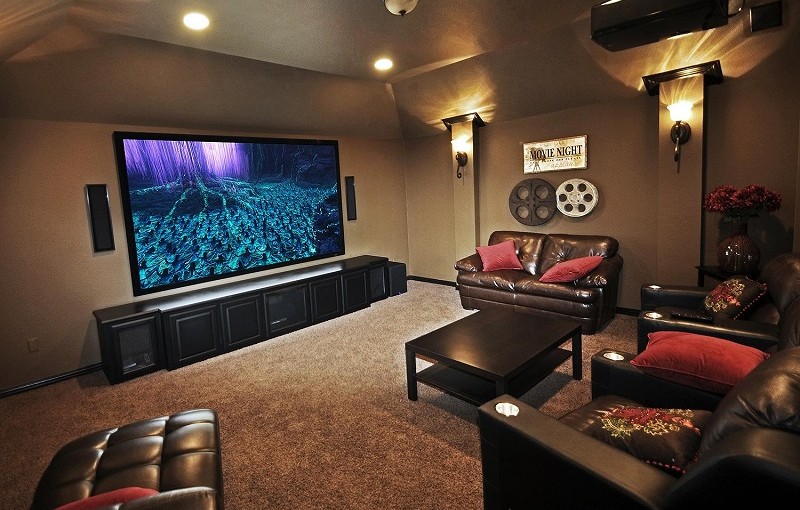Christmas is coming and many took advantage of this week to renew or update any of our audio and video equipment, but sometimes we are guided by factors such as design or most outstanding performance without thinking about what we really need.
The sector of sound devices for home theater or home cinema sets is one of the most complex markets because of the multitude of makes and models available are added features and specifications difficult to understand for lay users in the field. However, there are three basic ideas that we should take in mind when we go to the store, keys to choose a good model that fits our needs and not regret a few months.

What equipment I am going to use?
It is the first thing to think about. Do I want my new home theater to use daily, constantly complementing my screen TV or I will use just a few times a week to watch movies for a few hours or for audiophile sessions?
In the first case (daily and continuous use) had better opt for some type equipment or sound bar sound basis. They are smaller, with speakers of lesser quality and power, and generally offer less benefits as A / V receivers or multichannel amplifiers, but are designed to work long hours and low energy consumption (hard to find models that use more than 100 watts).
If instead we want our home theater system for the timely viewing of movies and music reproduction quality, the best option is an A / V receiver or amplifier stereo or multichannel speakers farther apart. They are more expensive, bulky and consume much more electricity (more than 700 or 1000 watts depending on the model).
Also they heat up considerably if we lit a few hours, so they are not recommended as a constant complement to a TV, but in return we offer a spectacular sound better than the commercial cinemas.
All-inclusive kit or separate components?
It is a simple question but that we should meditate thinking about the actual use but also the future of the team. The kits usually include everything needed to start enjoying the home theater right out of the box. They come with speakers, amplifiers, subwoofers wireless media player and even as a DVD player or Blu-ray.
If you are new in this business it may be the best option because we only have to follow some brief instructions to mount and install and within minutes we will have the new home theater ready to go. However, not everything is positive, since most kits usually have two big problems: one of the components is not up to the rest and offers little or no possibility of extension or use after its useful life.
This last point may not matter to the short term, but after a couple of years we may want to expand or improve the equipment and we cannot reuse any component (e.g. speakers, amplifier, subwoofer, etc.), were obliged to buy back all elements and speakers from scratch.
What sound formats need?
For years many receivers and kits are able to directly play music files in various formats, including MP3, WAV, FLAC, etc. Product data are filled with lists of formats, online radio and streaming services supported fattening the price of equipment and probably never use.
Why? As most of the time because we use an external player such as a computer, a smartphone, a Blu-ray, etc. You really need to be able to play these files? If not maybe we can save a few dollars on the purchase of the sound bar or amplifier.
We also have the issue of sound formats HD and new object-based as DTS and Dolby Atmos: X. What my new team the support needed? In the case of HD formats (such as DTS Master Audio and Dolby True HD) it is recommended but not essential to ensure we are able to read all sound tracks available on the market, where we will use our team to play titles in Blu-ray.
If you only want to see the normal emissions TV or most video on demand services probably are not going to use these formats ever. With regard to compatibility with Atmos and DTS:X, now virtually no compatible contents and leaving it, so that short-medium term (3-5 years) do not need to have expensive equipment supports these formats and we can probably save enough money.



